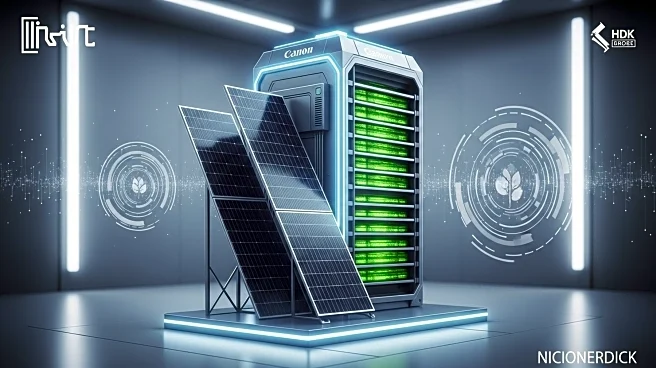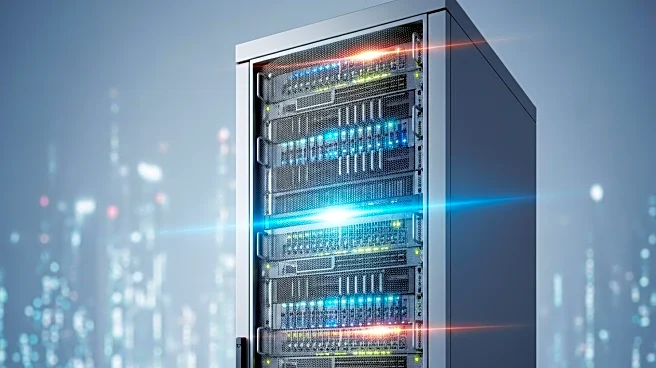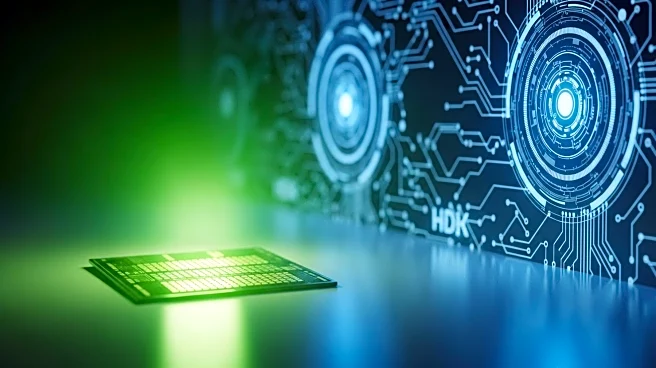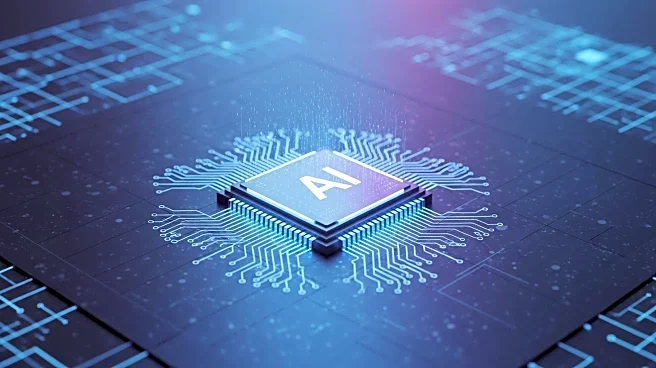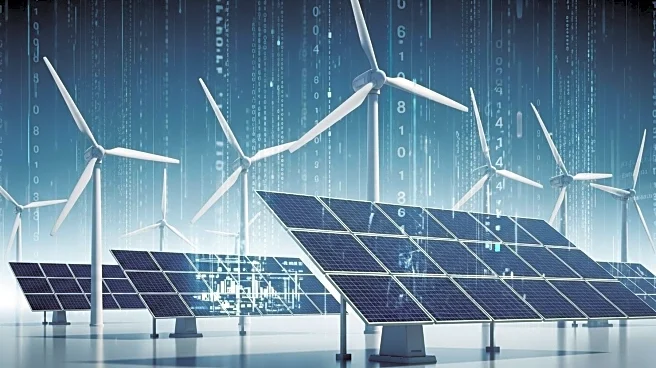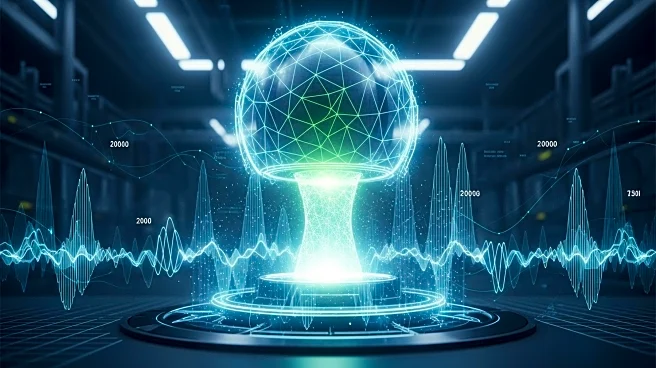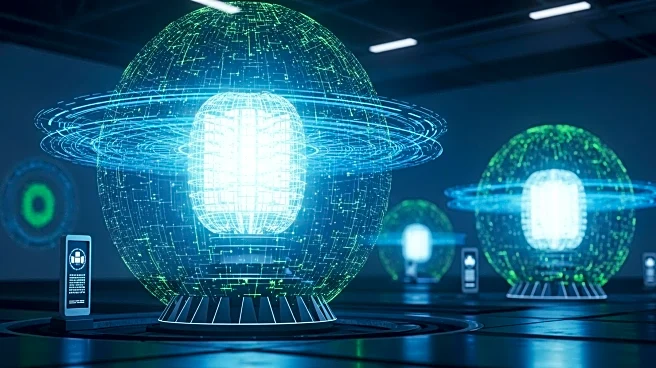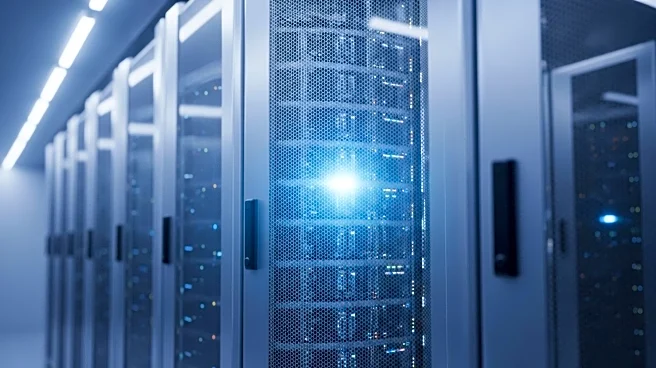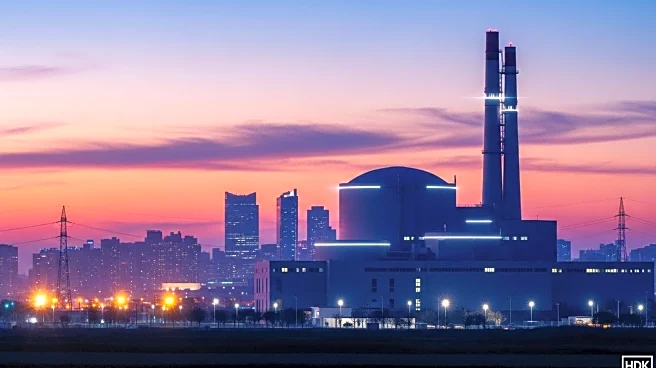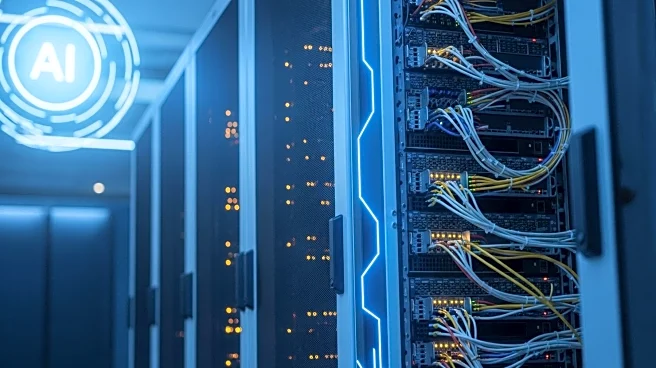What is the story about?
What's Happening?
Utilities and tech companies are exploring the use of distributed energy resources (DERs) to address grid bottlenecks and accelerate data center interconnection. As AI development progresses rapidly, approximately 20% of planned data center projects face delays due to electric grid constraints. DERs, such as batteries and generators, can provide spare capacity on the grid, potentially reducing energy bills for local residents and businesses. Companies like Tesla, Sonnen, and Sunrun are involved in selling or leasing batteries to consumers and businesses, enrolling them in grid services programs. The initiative aims to bring more compute capacity online faster using existing distribution equipment, transmission lines, and power plants.
Why It's Important?
The integration of DERs into the grid is crucial for overcoming interconnection delays faced by data centers, which are essential for supporting the growing demand for AI workloads. By utilizing DERs, utilities can enhance grid resilience, reduce emissions, and avoid costly grid upgrades. This approach offers economic benefits to local residents and businesses through reduced energy costs and new payment opportunities. For tech companies, faster interconnection means quicker deployment of data centers, supporting their clean energy commitments and operational needs. The initiative also represents a new market strategy for DER and virtual power plant companies, potentially increasing sales and promoting DER adoption.
What's Next?
Stakeholders, including utilities, large load developers, DER-related companies, and regulators, are expected to explore new methods for large load interconnection and transaction structures to facilitate DER integration. Utilities may negotiate with data center developers on the cost of accelerating interconnection, potentially leading to increased incentives for participating DER owners. Regulators and policymakers will need to align incentives to support grid reliability and energy affordability. As tech giants like Google, Amazon, Meta, and Microsoft continue to pursue innovative deals for powering data centers, DERs-for-DCs could become a viable option for achieving faster interconnection while enhancing grid resilience.
Beyond the Headlines
The deployment of DERs-for-DCs raises important considerations regarding the reliability of dispatchable capacity and the need for penalties for underperformance. Different market structures and regulatory regimes will influence dispatch coordination and compensation. Coops and municipal utilities may be better positioned to implement DERs-for-DCs due to more agile governance and aligned financial incentives. The initiative could lead to long-term shifts in grid management and energy policy, promoting American AI dominance and clean energy commitments.
AI Generated Content
Do you find this article useful?
